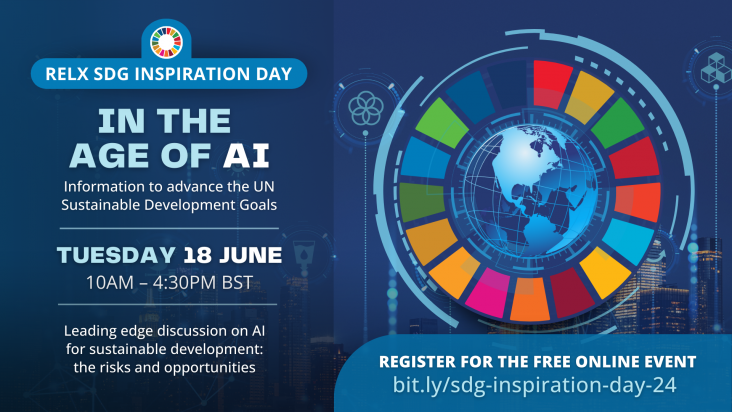

AI holds tremendous potential for advancing the United Nations Sustainable Development Goals (SDGs). AI, particularly generative AI, provides new opportunities to analyse data and trends at pace a

World Intellectual Property Day, observed each year on 26th April, is an opportunity to celebrate the contributions made by inventors and creators around the world and to explore how IP contributes
This paper provides a detailed review of the physical mechanisms and resonance theories of WPT technology, performance enhancement methods, application scenarios, and future research directions, aiming to provide a comprehensive reference for relevant practitioners and researchers to promote the various applications of WPT technology in modern technology fields.
